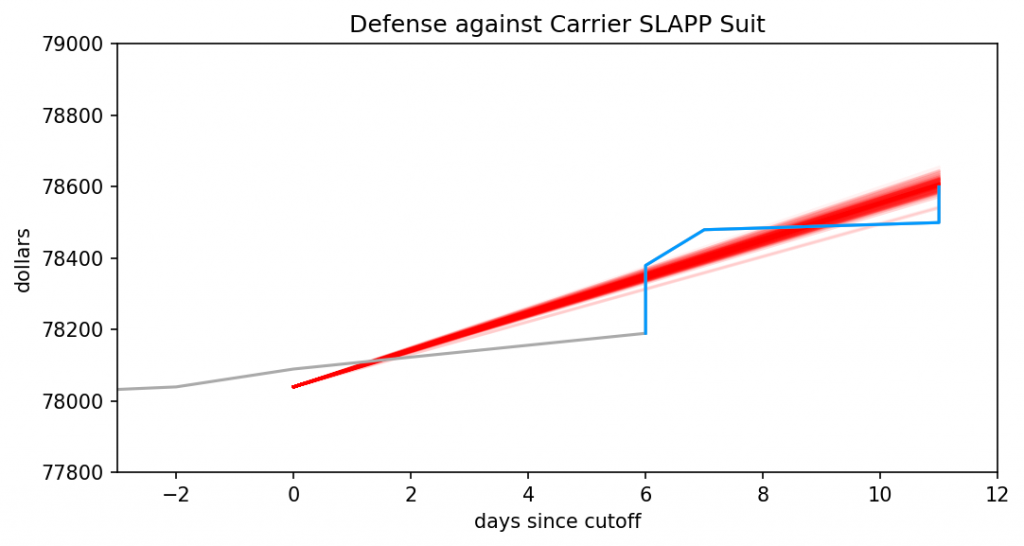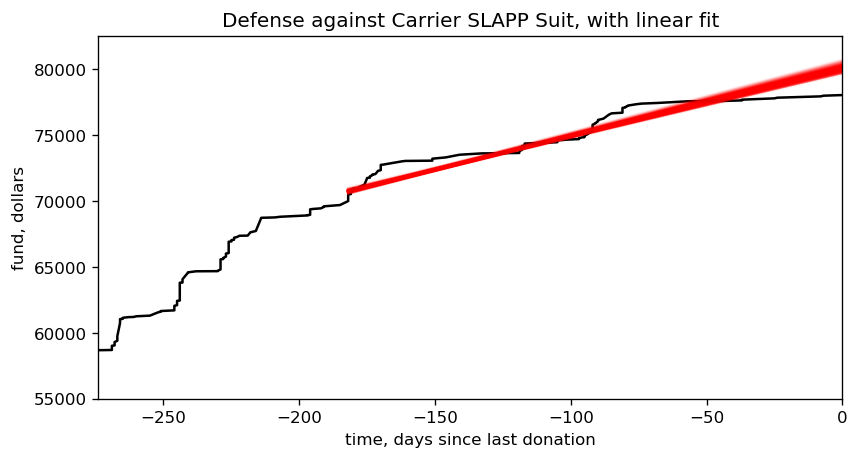Like many of you, I grew up playing video games. They were my favorite distraction, much better than TV, and the primary way I bonded with some of my family. I went through a long spell where I stopped playing them, but thanks to a crippling Minecraft addiction I’ve been drawn back in.
When I was considering what to do for the fundraiser, my mind quickly settled on something relating to video games. It’s very much in my wheelhouse, yet not something I’ve shown on this blog. Having said that, I immediately crossed off doing a simple Minecraft stream; I do those way too often to be considered a special event.
Fortunately, I have an excellent substitute: Super Mario World. I played it a tonne as a kid, passing it several times, but I’ve barely played it since my teen years. This is a great excuse to chat about this game and my childhood, then sit down and actually play the thing from start to finish. As the speedrunners would say, I’m aiming for any percent warpless; no Star Road to zip straight to Bowser, though I also won’t take every exit of every level.
And I’ll do it all for the low, low price of $0.
No really, if not a single soul transfers a single penny into the fundraiser by midnight Friday the 25th, I’ll sit down and play Super Mario World at 10 AM MDT on the 26th.
Here’s the brilliant part: playing Super Mario World is kinda boring. It was the launch title for the Super Nintendo, sold 20 million copies, and often came bundled with the system. Pretty much everyone has played it, so while you can wring a bit of enjoyment from reflected nostalgia, it isn’t terribly compelling.
But that popularity also means a lot of other people have hit the same wall, and instead of moving on a few of them tried to find ways to make the game interesting again. A “randomizer,” for instance, is a bit of code that scrambles up a video game. Levels are done out of order, power-ups don’t do what they used to, and sometimes there are text or art changes made to the game. It turns something everything has played into something no-one has, and makes for much more compelling viewing.
As I type this, the legal GoFundMe sits at $79,650. Increase that above to $79,950, and I’ll switch from playing Super Mario World to Super Mario World Randomizer at the “Way Cool” difficulty on the 26th. If you insist on donating only to FtB, instead of everyone impacted by Richard Carrier’s lawsuit, I’ll still count your donation towards that $79,950. I can’t guarantee I’ll complete the randomized version, as it’s possible to encounter a version that’s impossible to pass (or beyond my skill level!) and nobody’s verified this version is passable, but I’ll give it a go for at least four hours.
So click the link and donate to the legal GoFundMe. And don’t worry about blowing past that goal, I have plenty more up my sleeve. If you want to see what else is happening this fundraiser, we’ve also got you covered.
[HJH 2020-09-14: Whoops, forgot to complete a sentence. I also added a link to the fundraising page proper, now that it’s live.]






